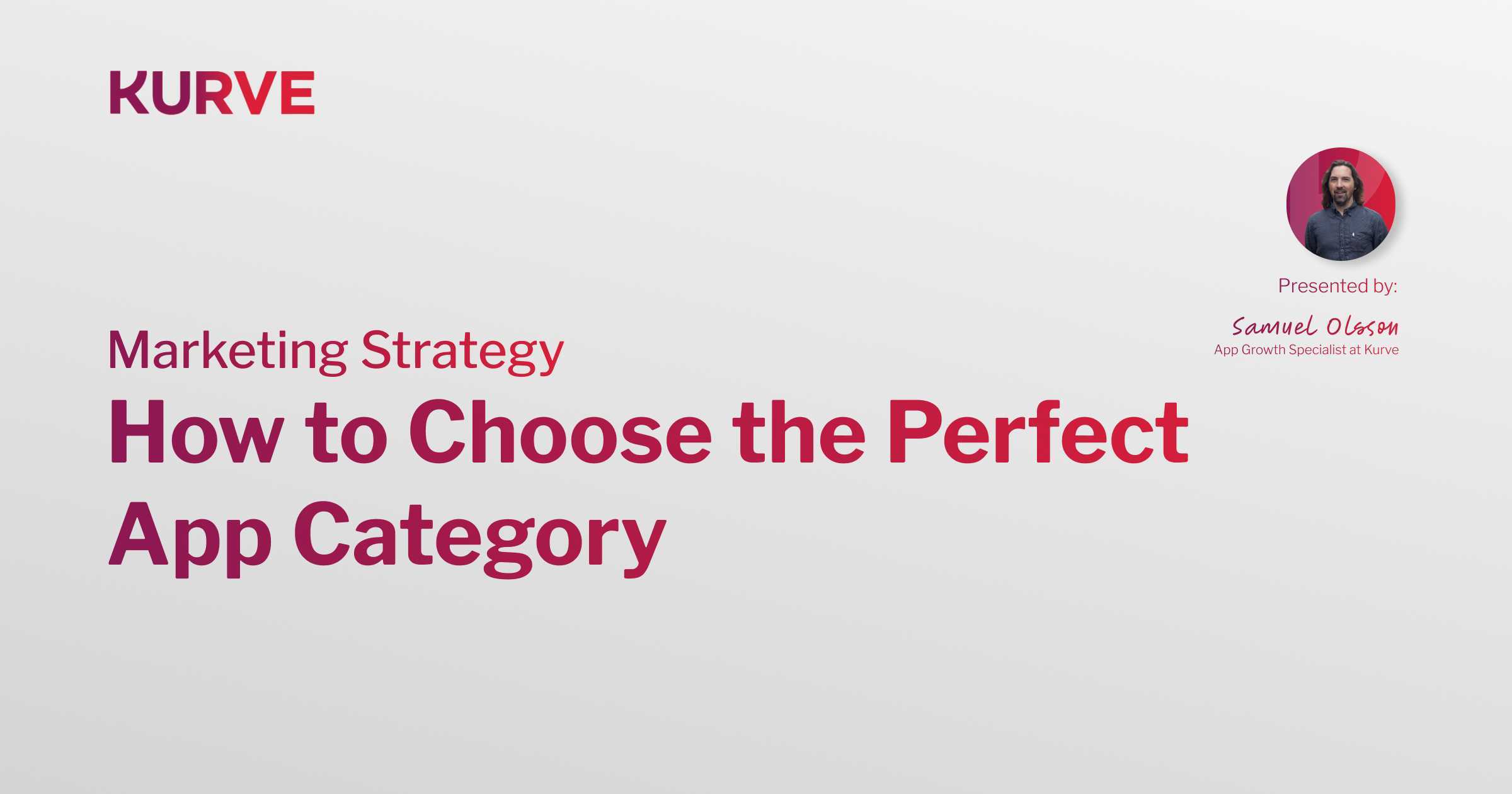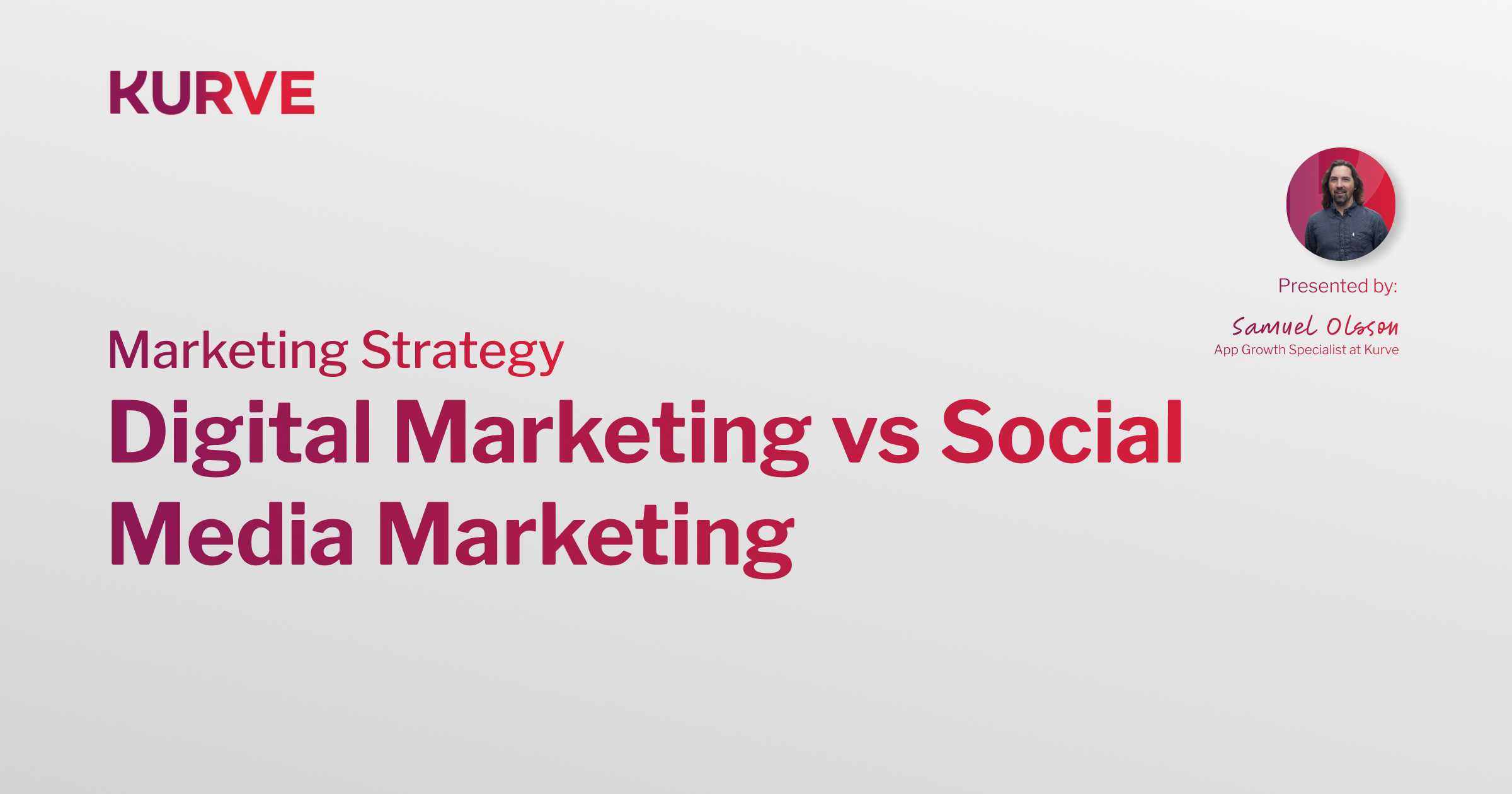Boost Your App Conversion Rate: Effective Strategies
Understanding and improving app conversion rates matters. Why? Because it impacts your business – more users means more engagement and, ultimately, more revenue.
In this blog post, we'll share the top strategies to help you increase your app's conversion rate. We'll dive deep into what works and give you the confidence to boost your app's performance.
We have another post on how landing pages can help increase app downloads and conversions. It fits hand-in-hand with today's topic.
Let’s get started.
What is an App’s Conversion Rate?
An app's conversion rate refers to the percentage of users who perform a desired action within the app. This could be anything from downloading the app, purchasing, or signing up for a newsletter.
If 100 users used your app and 10 people completed an action – like becoming paid users – your conversion rate would be 10%. Boosting your app's conversion rate means increasing this number. The higher your conversion rate, the better your app performs, leading to more success for your business.
To see how a solid strategy can increase app conversion rate, look at these insightful Kurve case studies of the results we've achieved for our clients.
Why is App Conversion Rate Important?
Imagine your app is a shop, and the conversion rate is the number of buyers out of all the visitors. In simple terms, the more buyers you have, the more sales you make.
App conversion rate is crucial because it’s tied to your cash flow. More conversions mean more revenue.
But it's not only about money.
A high conversion rate shows your app is engaging and satisfying to users – key to building a solid, loyal user base. When your conversion rate is high, it sets you apart from competitors and positions you as a leader in your app's app category.
App Store Optimization, a topic we've covered on our blog, is a great way to increase your conversion rate.
The Benefits of Boosting Your App Conversion Rate
Boosting your app's conversion rate creates a ripple effect of positive outcomes.
High conversions signal to the market that your app is worth using. It's like a badge of trust that enhances your business reputation. Plus, it serves as a magnet to attract more users.
To understand better, let's look at some of the biggest benefits of boosting your app conversion rate, starting with revenue.
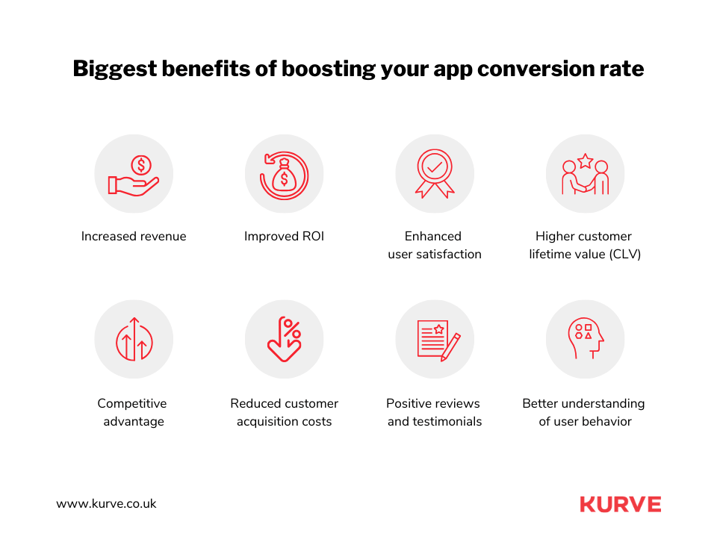
Increased Revenue
By increasing your average conversion rate, you're increasing the number of people who make purchases, subscribe, or sign up within your app.
It turns window shoppers into buyers.
For instance, bringing more people into your app is key for boosting conversions. This is where mobile user acquisition strategies come into play.
Making minor, strategic tweaks can shine your app in the crowded app marketplace, as we have explored in our article on mobile user acquisition strategies.
Improved ROI
Imagine getting more for each dollar you spend on your app. That's what higher conversion rates do – it makes more efficient use of marketing resources.
Higher conversion rates mean your marketing money works harder. It can reduce customer acquisition costs and increase profitability.
Our blog post on mobile analytics demonstrates how data-driven insights can improve ROI, a crucial aspect of conversion rate optimization.
Enhanced User Satisfaction
A big part of your app is the user journey. In more literal terms, users will prefer a smooth highway over a bumpy road.
A streamlined conversion process leads to a more positive user experience. When the elements and processes that make up your app are easy and fun, it leads to a more satisfied user base.
Higher Customer Lifetime Value (CLV)
More conversions equal longer-lasting relationships with users. In other words, that's customer lifetime value (CLV). It's how much a user spends with your app throughout their time with you.
High CLV means a steadier business with loyal customers. Long story short, this helps your business stay strong and grow over time.
Feel free to read our article on user acquisition strategies and share some great tips to attract more users and grow your CLV.
Competitive Advantage
More conversions also mean you're doing something better than the competition. This helps you stand out and win more users. It's like having the coolest treehouse in the neighborhood.
A higher conversion rate is significant when rivals are everywhere, as even the smallest improvements can make a huge difference.
Strategic advertising efforts can lead to a competitive advantage through enhanced conversion rates.
Reduced Customer Acquisition Costs
Higher conversions can mean less cash spent on acquiring customers. Less cost equals more profit. Conversion rate optimization can do this by helping you spot and fix what's not working.
Our comprehensive guide on optimizing Google App Campaigns demonstrates how efficient campaigns can reduce customer acquisition costs and improve conversion rates.
Positive Reviews and Testimonials
Good reviews are like personal recommendations. They build trust and pull in more users. It's the digital version of 'word of mouth.' Positive reviews can make your app's reputation shine and attract more people.
Interested in more? Check out this article, where we discuss the impact of good reviews in greater detail.
Better Understanding of User Behavior
Understanding user behavior is like reading a treasure map for your business. It gives you valuable clues on what works and what doesn't.
This data-backed approach directs your future marketing and helps you make informed, strategic decisions. User behavior insights turn guesswork into a game of strategy.
Want to learn more about this? Check out this insightful piece of ours on mobile app marketing.
Effective Strategies to Boost Your App Conversion Rate
Now that we understand the benefits of boosting your app conversion rate let's jump in and find out how to do it.
We're about to share a tailor-made list of effective strategies, from A/B testing to sprucing up your UI, detailing how these tweaks can skyrocket app conversions.

A/B Testing
Ready for some experiments? That's what A/B testing is.

You create two versions of a particular element in your app — let's say a "Sign Up" button.
Version A might be blue, and version B could be green. You then divide your users and give each group a different version to see which color drives more sign-ups. These tests are like a light in the dark, guiding you on what works best for your app.
Analyzing the results goes beyond comparing numbers. While the green button might have pulled in slightly more sign-ups, this difference must be statistically significant to declare it the winner.
Statistical significance means the result isn't due to random chance but is reliable. Practical significance focuses on whether this difference warrants change – in other words if the increase in conversions is worth changing the button color.
User Interface (UI) and User Experience (UX) Design Optimization
Designing an app's UI involves more than making it appealing. It's about creating an interface that brings consistency and simplicity to your users. An intuitive and consistent UI means less user frustration and more engagement.
%20and%20User%20Experience%20(UX)%20Design%20Optimization.png?width=717&height=560&name=User%20Interface%20(UI)%20and%20User%20Experience%20(UX)%20Design%20Optimization.png)
Yet, the job continues beyond UI. Enter UX optimization—the process of ensuring your app performs efficiently and smoothly. A seamless and intuitive user journey contributes to higher conversion rates.
Designing good UI/UX requires repetitive implementation, testing, and refining based on user feedback and data. It's a continuous improvement cycle, ensuring you always meet your users' needs and expectations.
Personalization and Targeted Messaging
By understanding and segmenting users based on behavior, preferences, and demographics, businesses can create tailored experiences for each group.
For instance, if certain users visit your sports-related features more frequently, you might send them notifications about new updates or relevant promotions in this area.
However, while tailoring experiences, it's important to respect user privacy. Striking a balance is key. Collect essential data, but always with user consent and transparency about how you will use their data.
When done right, personalization drives higher user engagement and conversion rates, fostering trust and loyalty.
Optimized Onboarding Process
First impressions matter! The onboarding phase of your app is that crucial first handshake with your users. A smooth, streamlined process not only nudges them towards using the app but also sets the tone for their end-to-end journey.
Here's where you communicate your app's unique value proposition. Why should the users invest their time in your app? What problem does it solve for them? If you convey these answers effectively early in onboarding, you're far more likely to engage and retain your users.
So, focus on designing an uncomplicated, value-driven onboarding journey. Add, test, tweak, and re-test until you create a user-friendly process that hooks your users.
Clear Value Proposition
At the core of a successful app lies a well-defined value proposition.
By highlighting how your app addresses the target audience's pain points and needs, you create a compelling reason for users to convert. The stronger and more precise your value proposition is, the more likely users will gravitate towards your app.
Moreover, consistency is key.
Ensure your value proposition is harmonious across all touchpoints, from marketing materials to the app experience. Doing so creates a cohesive perception of your app and reinforces the message you want to convey to your users.
Minimize Friction in the Conversion Funnel
Streamlining the user journey is crucial for conversions. Here are a few actionable tips:
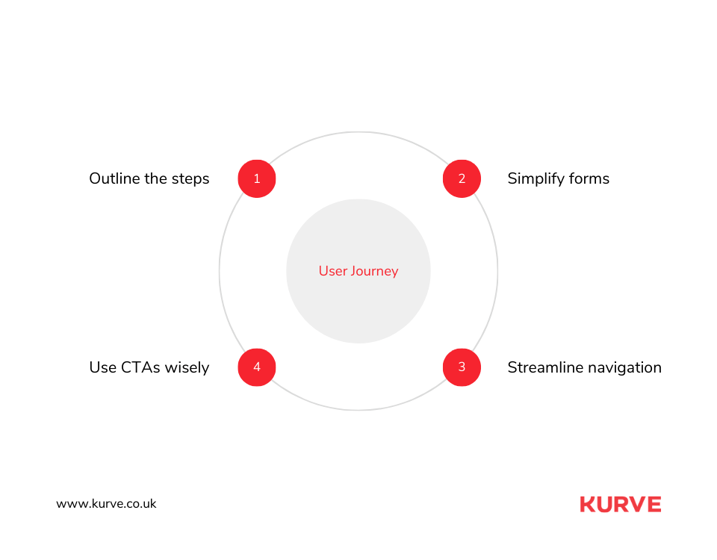
- Outline the steps: Use breadcrumbs, progress bars, or numbered steps to show where users are in the process. It guides them and reduces drop-offs.
- Simplify forms: Minimize the number of fields. Only ask for necessary information to avoid overwhelming users.
- Streamline navigation: Use clear, concise language on buttons and labels. They should tell users what to do next.
- Use CTAs wisely: Use strong, action-oriented language. Make buttons big and noticeable.
Make users' journey easy and show them where they're headed, and conversions will follow.
Push Notifications and In-App Messaging
Push notifications on apps and in-app messages can be tricky. It's a task to keep users interested without annoying them.
The key here is to keep these messages on point and at the right time. How can you do this? Study your users. What do they like? When do they use your app the most? Use this info to set the tone and timing of your messages.
Also, users like being in control. So, make sure they can decide when to get these notifications or if they want to skip them altogether. This shows you value their choices, making them feel positive about your app.
Social Proof and Trust Signals
Social proof and trust signals are crucial in building credibility with your audience. Consider customer testimonials and reviews; they narrate real experiences and can influence potential customers' decisions.
For instance, a testimonial page showcasing customer satisfaction can build customer trust.
User-generated content, be it through social media shout-outs or blog posts, can also serve as potent social proof. Airbnb uses user-generated content to showcase the real experiences of hosts and guests.
Trust badges – seals that signal safety - further enhance credibility. For instance, websites' "HTTPS" and padlock signs signal a secure connection.
Remember, transparency is key. Authentic reviews and testimonials resonate with people. Refrain from faking social proof, as credibility is hard to regain once lost.
Data-driven Insights and Analytics
Data from analytics tools offer invaluable insights into user behavior and app performance. They tell you what's working and what can be improved.
Consider this guide of ours to boost app downloads. It emphasizes tracking metrics like user engagement, retention, and acquisition. Spotting patterns and trends in this data can suggest ways to optimize the conversion process.
For instance, if users drop off at a particular stage, maybe the app needs a better UI at that point. Or, you could enhance the app's visibility in the store or foster user engagement for better retention.
Performance Optimization
Maintaining top-notch performance for your app is key to how users perceive it.
Take loading times and responsiveness, for instance - the better they are, the better the user experience. Users may drift away if your app stalls or loads too long. But they'll stick around if it's light on its feet and reacts quickly.
This isn't a one-step operation, either. It's an ongoing loop of regular testing, watching the figures, and implementing improvements. As highlighted in our mobile app marketing article, it's about picking up user feedback and performance clues, figuring out where the hold-ups are, and smoothing them out.
Exit-Intent Pop-ups
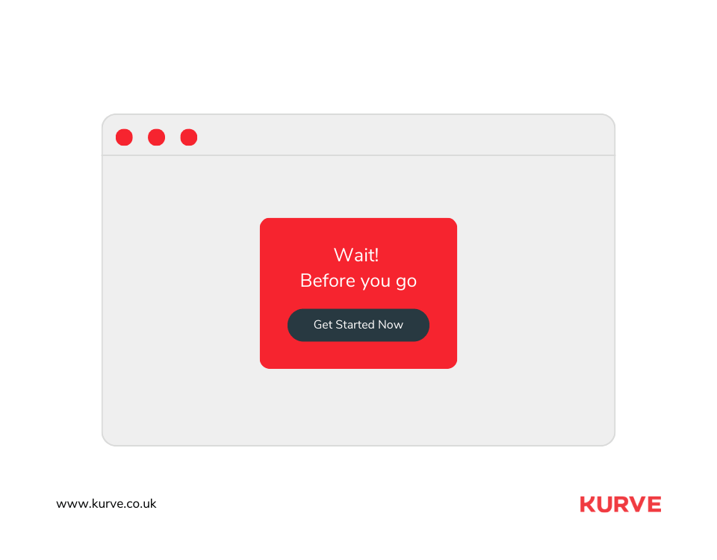
Exit-intent pop-ups can be a powerful tool as they provide an opportunity to re-engage users before they leave your app or website. However, ensuring that these pop-ups enhance, rather than disrupt, the user experience is essential.
As discussed in our app store optimization article, designing exit-intent pop-ups that are visually appealing, contextually relevant, and offer real value can positively impact users, further improving app conversion rates.
Striking a balance between capturing attention and respecting users' preferences in timing and content is paramount.
Gamification and Rewards Programs
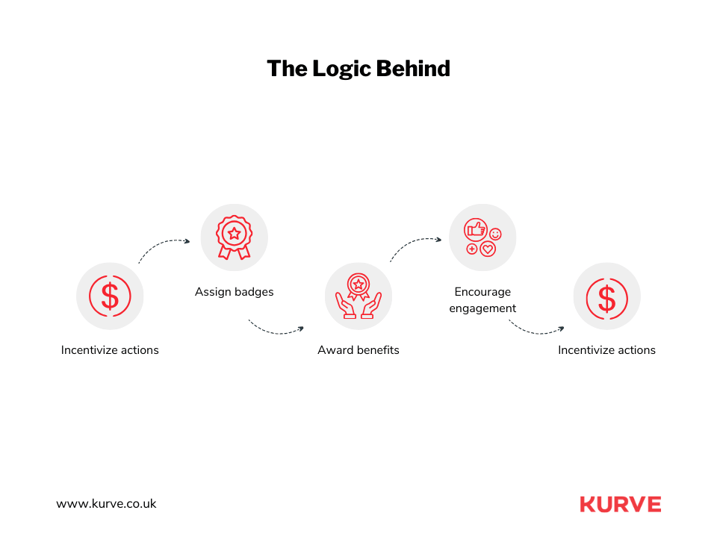
Gamification and rewards programs aim to encourage users to engage with your app. It's about turning tasks into fun games or giving rewards that keep users returning.
Measuring success can be as simple as keeping an eye on how many users are joining in, how often they participate, and if this is helping to keep them more engaged.
A key insight from our ASO article is that these strategies can help turn app visitors into regular users.
With the right goals, measurements, and tweaks, gamification and rewards programs can improve user engagement.
Maximize Your App Conversions
We’ve distilled the best strategies needed to boost your app's conversion rate, including A/B testing, UI, optimization, building social proof and many more.
Remember, the goal of mobile apps isn't just about getting a user to download the app once. It's about creating a fulfilling experience for them to keep coming back. Everything from A/B testing to gamification can make a major difference.
Looking for expert guidance on the next steps? Click here to connect with us at Kurve.

